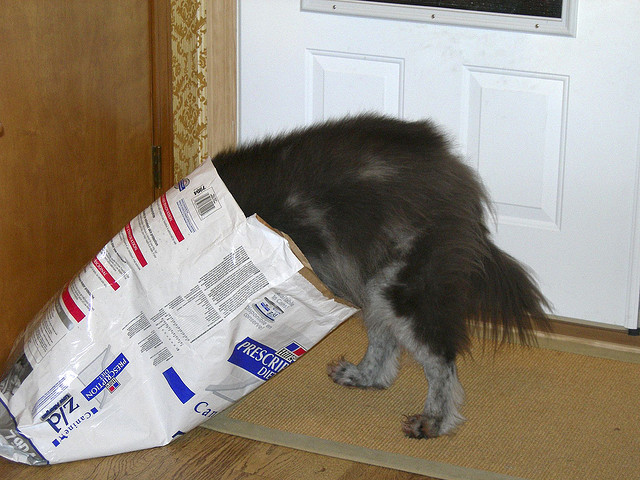“Employees should use the products and services produced by the companies that employ them. They should be emphatic fans of their company’s products. Nothing less.”
— “How to Get People to Eat Dog Food” by Ethan Mayers at AlleyWatch.
I remember when I first heard the question “Are you dogfooding?” shortly after arriving at Microsoft in 2004. I was puzzled why anyone would not use their own company’s products, especially when they were on the product team that built them.
Fast-forward a few months to the mid-point of the Outlook and Exchange 2007 release. Our dogfood email environment would periodically go completely down for days at a time and we would use our IMs and our bug reporting system to exchange important messages. I remember that some of our execs were not in the dogfood environment, but when they heard about the issues we had they asked to move in their with us. They wanted to see for themselves what was going on and to give us a little pressure by having their dogfooding right next to us. Want a quick way to get your day-to-day product stability in shape? Inject a few executives and put their real email on the line and you’ll get blunt feedback.
My point here is not that we were in terrible shape in early Office 2007 engineering (we weren’t), nor that we weren’t dogfooding (we all were), or that execs are the best way to do Q/A (they’re not). My point is that as a product manager it’s easy to get stuck staring at the trees and to forget about the forest when working on a specific feature in a larger product. It’s something that can happen more frequently as startup teams get bigger and product managers get more specialized.
In another example from that team, I remember working on a specific and critical issue in Instant Search in Outlook (one of my features), and I assumed that someone else saw the reliability issues I had with sending email in this specific configuration. I remember bringing up one of those reliability issues to the team that owned Mail Transport, and they determined that it was the specific way that I setup Outlook that caused the issue (it was having multiple POP accounts loaded into a profile while searching across profiles), and no one else on the team saw it because it was setup- and timing-related. It was a critical bug because many of our customers would eventually have a setup similar to mine and therefore could have been susceptible to the issue once we rolled out the new feature.
As teams get bigger and more specialized it’s critically important that product managers dogfood their specific feature or product. It’s equally important, if not more so, to make sure you are always dogfooding end-to-end experiences outside of your feature ownership and across the entire breadth of products you build. You should also look for unique ways to get a fresh perspective while dogfooding.
For example, we found that by adding the execs in at a time of difficult product stability during Outlook 2007 development, we injected some new eyes into our day-to-day work and get some great objective feedback. This also helped us get dogfood coverage on features like Delegate Access, a setup that only happens when someone else manages your inbox and calendar in Outlook (a setup very unique to VP-level and higher users). In another case, we asked the entire product team to unplug their mouse for an hour to try and use Outlook via the keyboard only, helping us find a bunch of good bugs in our accessibility code.
Here on the Contactive team at ThinkingPhones, as our products get more complex and our team grows, we continue to dogfood every day and constantly come up with new ways to get those fresh perspectives. One of our favorites is a weekly team-wide dogfood bash that helps get fresh eyes on new areas of our code. One of our product managers puts up a whiteboard, cranks the music (usually 80’s workout montages from Spotify), and everyone writes the bugs they find up on the board. We sometimes award “most interesting bug” and other fun prizes. You’d be amazed by what you can find with that kind of intense focus. We also have a Bugs email alias that gets traffic at all hours of the day, as we have all adopted the habit of sending screenshots and bug reports the minute we see them. We find that these types of efforts help increase the focus of the whole team on the quality of our products.
Our goal at ThinkingPhones is to be proud of our products and deliver amazing experiences to our customers. We believe pride comes from quality, and quality comes from eating your own dogfood.
Image credit: CC by Lisa Yarost




